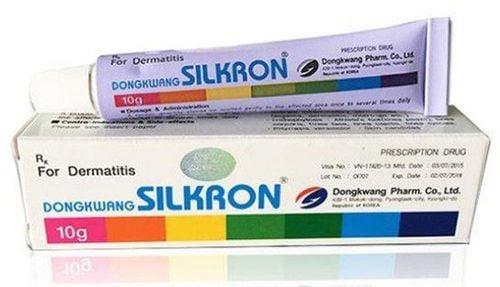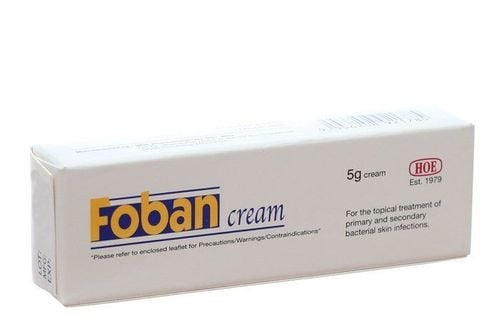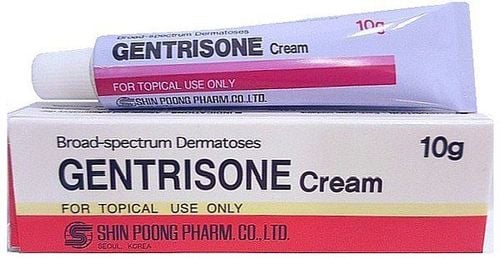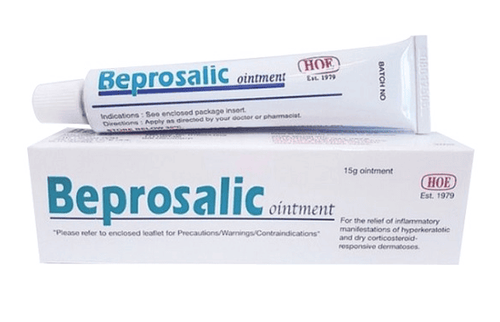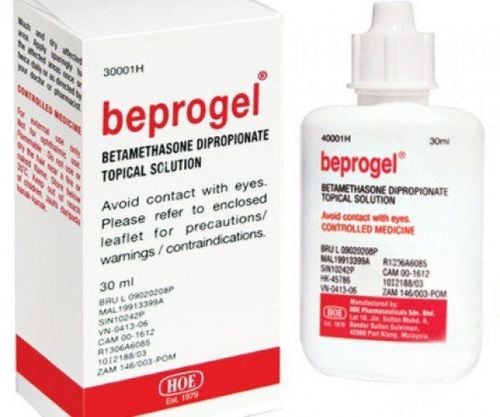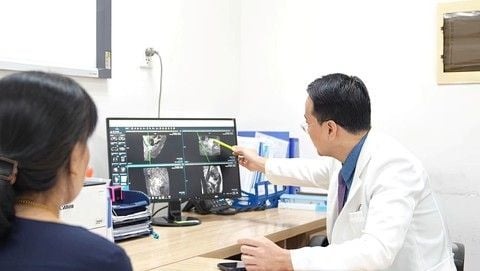Antibiotics contain a wide variety of active ingredients and belong to many different groups. They are formulated into many forms such as: powders for injection, injectable solutions, tablets, capsules, etc. However, not all antibiotics are formulated as topical ointments. So, what are the precautions when using antibiotic ointments?
1. How do topical ointments work?
Topical ointments are the most important and widely used form of topical medication today. The main excipients of topical ointments are fats (vaseline, lanolin).
Topical ointments increase the skin's absorption capacity so that the active ingredients penetrate deeper than other topical medications. Although ointments can soften the skin, they can also hinder skin excretion, causing skin occlusion, limiting sweating, and causing congestion. In addition, topical ointments may affect skin circulation, causing vasodilation or vasoconstriction.
Depending on the excipient, the ointment will penetrate the skin more or less, deeply or superficially.
2. Indications for Topical Antibiotic Ointments
Despite the existence of hundreds of different antibiotic active ingredients that have been formulated and introduced into clinical practice, very few antibiotic active ingredients can be used topically and formulated into antibiotic ointments.
- Acne and Folliculitis: Antibiotic ointments containing the active ingredients Erythromycin and Clindamycin are two commonly used ointments for the treatment of pustular acne and folliculitis.
- Skin Infections: Ointments containing active ingredients such as mupirocin, polymyxin, bacitracin, and neomycin are commonly used to treat skin infections like impetigo. Bacitracin, in particular, is a common antibiotic used to treat infections by inhibiting bacterial cell wall synthesis, thus damaging the bacterial cell membrane. Previously used for injections, it was found to be highly toxic to the kidneys and is now only used topically.
In addition, antibiotic ointments are very effective in preventing infections in external wounds and treating certain eye diseases such as styes, acute conjunctivitis (pink eye), chronic conjunctivitis, corneal ulcers, keratitis, and dacryocystitis...
To treat skin infections, apply the antibiotic ointment to the infected area 1-5 times a day as directed by your doctor. To treat eye infections, apply a thin strip (about 1 cm) of antibiotic ointment to the conjunctiva, with the frequency of application as prescribed by your doctor.

3. Side Effects of Topical Antibiotic Ointments
Contact dermatitis is a common side effect of topical antibiotic ointments containing polymyxin, bacitracin, and neomycin. Therefore, it is best to avoid prolonged use of these medications if there are suitable alternatives.
Some severe allergic reactions, such as Stevens-Johnson syndrome and Lyell's syndrome, have been reported as a result of topical antibiotic ointments.
4. Precautions When Using Topical Antibiotic Ointments
To avoid side effects, patients using topical antibiotic ointments must use them appropriately based on the disease, stage, severity, and affected area. Sometimes, age and gender must also be considered. Do not self-medicate with antibiotic ointments without a doctor's prescription.
In addition to their topical effects, topical ointments can also be absorbed through the skin into the bloodstream and produce systemic effects. Thus, topical ointments have both local and systemic effects, and their use requires extreme caution, especially when applied to children or over large areas of skin.
Furthermore, patients should not apply topical ointments to open wounds in the acute stage or with exudate. Topical ointments are usually used for chronic lesions. When applying to open wounds, great care must be taken because the antibiotic in the ointment can be absorbed through the open wound and cause side effects.

Pregnant women should be fully informed by their doctor about the benefits and risks before using topical antibiotic ointments. Some medications may cause skin rashes or delayed allergic reactions. In patients who are hypersensitive to any component of the medication, it can lead to a shock-like state after topical application.
In addition, patients should not arbitrarily use antibiotic ointments more frequently than prescribed, use them for longer periods, or use them on larger areas of skin. Typically, a course of treatment lasts about 10-15 days. Patients should adhere to the prescribed treatment, monitor their condition, and have regular follow-up check-ups as scheduled by the doctor to assess and adjust the medication if necessary.
To arrange an appointment, please call HOTLINE or make your reservation directly HERE. You may also download the MyVinmec app to schedule appointments faster and manage your reservations more conveniently.
To arrange an appointment, please call HOTLINE or make your reservation directly HERE. You may also download the MyVinmec app to schedule appointments faster and manage your reservations more conveniently.
